“Beautiful spot for wine tasting - and lovely wines. We had an excellent time with Ben who taught us a lot about their wines and made the experience fun. Great value getting the premium wine tasting selection.”
ANISHA, May 2022
Perhaps that’s why, 35 years on, events and dinners at Crittenden Estate are such an important part of what we do. Rollo and I, having grown up with it, simply love to entertain. Many appreciate the emotive influence that food and wine has in our lives. Often shared with those we love it has the power to evoke an array of senses.
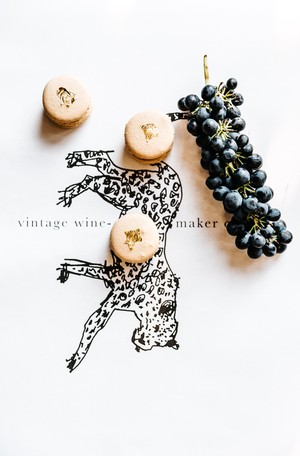
On March 16th, guests were treated to an event that surmises all that we do here at Crittenden – create an amazing experience for our guests. As part of The Melbourne Food and Wine Festival we teamed up with Guy Mirabella from ShopAte in Mount Eliza to create not just a dinner but an experience for those who attended. We called it The Cook and The Winemaker.
Guy and his food is an institution on the Peninsula. His cooking is superb. But more than that, Guy is creative and artistic; evident in the food he prepares. We knew he would be the perfect partner to take this dinner to the next level.
In the thick of harvest guests were able to witness vintage in real time. The evening commenced in the winery with a cocktail made from local Bass & Flinders gin along with Pinot Noir “grape must”, fresh from this year’s crush.
Developing relationships is fundamental between nature, the winemaker and the cook. These threads were entwined on the night and guests were treated to an artistic and sensory feast. Music, chosen by Guy, introduced each course and menus were quirkily crunched in a ball at place settings. The wine was carefully matched and flowed in abundance; nine premium wines, three of these sneak peaks into wines not yet released.
Events at Crittenden are an important part of what we do, although they are but one component of the experiences those who are a part of the broader Crittenden family can enjoy. Perhaps after reading this you’re lamenting that you missed out. Please don’t, there will be more. Stay tuned to our website to keep up to date with the events that we do here and in the meantime, come and enjoy some of the other experiences on offer at Crittenden. Our custom built Wine Centre offers seated tastings in comfort where you can discover the vast array of styles we offer. This, we believe, is an experience in and of itself. The Crittenden Wine Centre is open daily from 10:30 until 4:30 and we look forward to welcoming you.
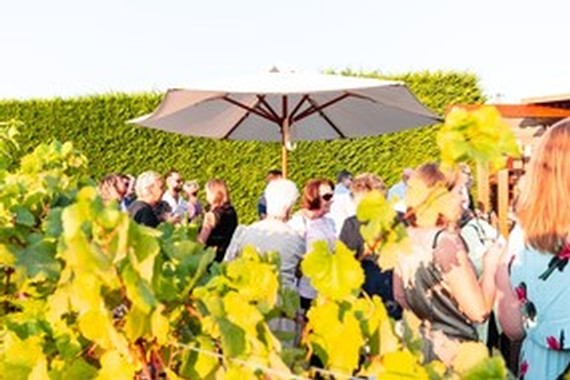
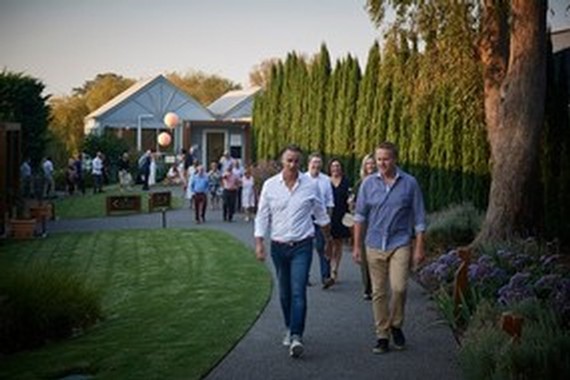
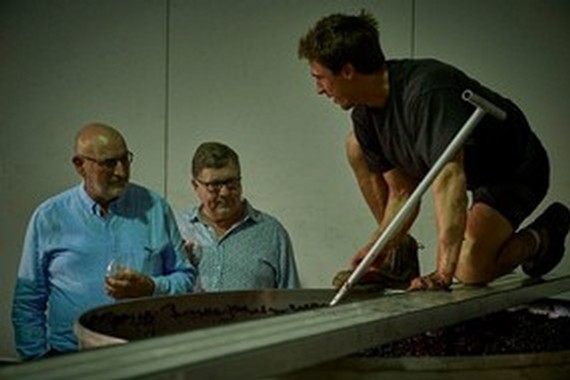
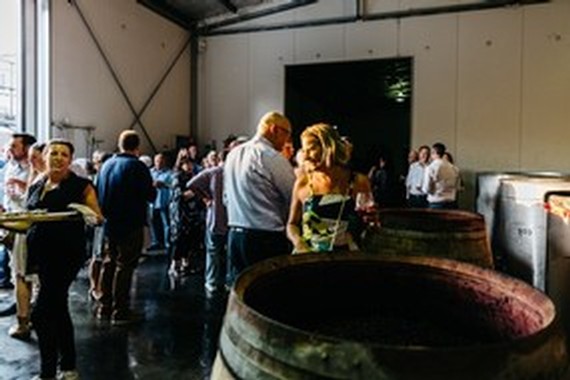
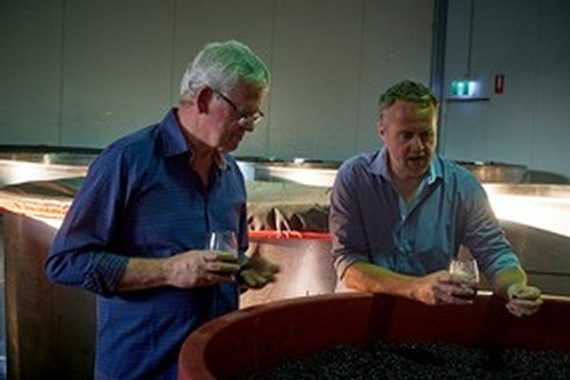
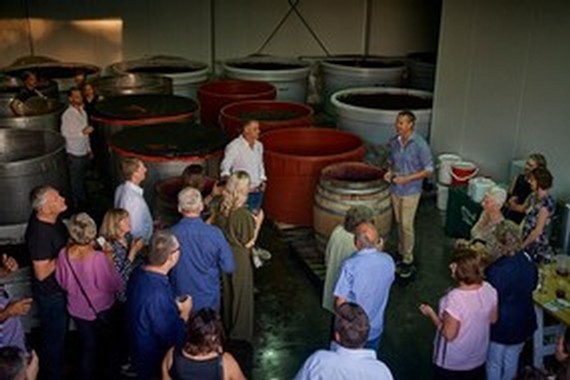
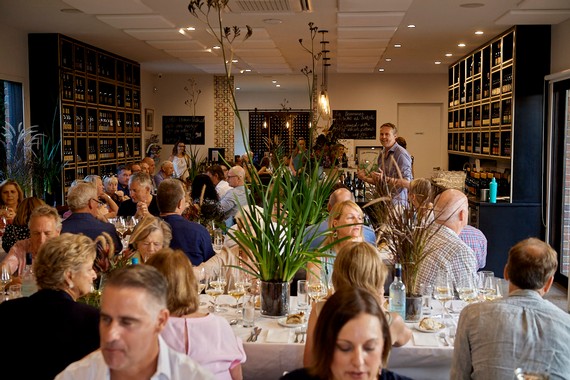
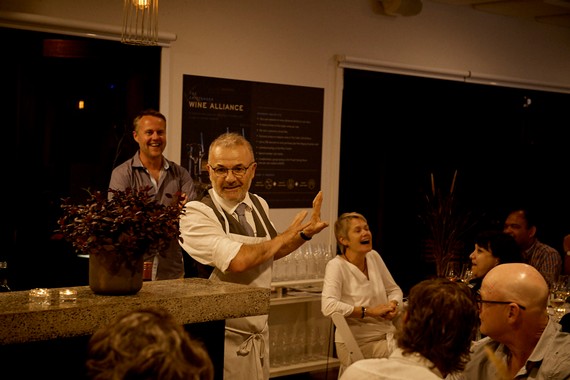
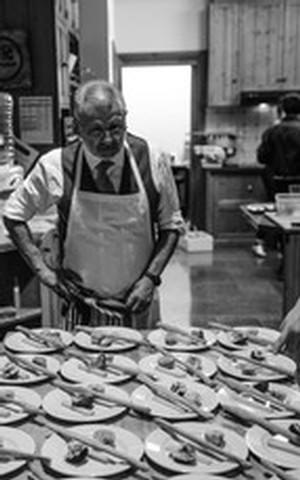
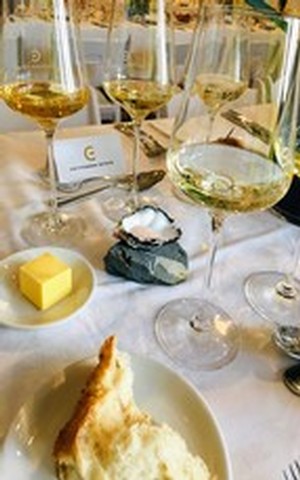
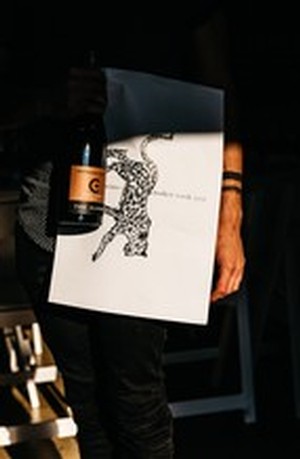
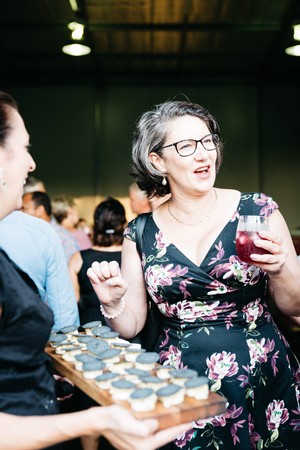
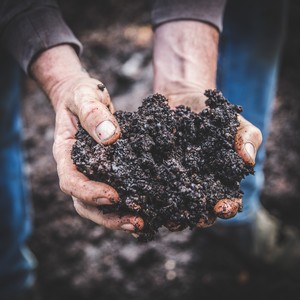 The basis for any solid solution.. start at the root of the problem and work your way up. This is the exact approach of the Crittenden family who have found fruit in their holistic approach to vine health.
The basis for any solid solution.. start at the root of the problem and work your way up. This is the exact approach of the Crittenden family who have found fruit in their holistic approach to vine health.
After 25 years of “conventional” farming – relying on the use of synthetic chemicals to manage the vineyard – started to take its toll of the quality of their grapes they found themselves digging in the dirt for a more traditional approach.
By the early 2000’s the Crittenden family, with viticulturalist father Garry at the helm had noticed a year on year increase in the amount of time on the vine that their grapes needed to achieve flavour ripeness. All the while the grapes were gaining excessive sugar and dropping vital acidity, which threatened to throw their resulting wines out of balance. Vines of increasing age are usually prized as they can often produce lower quantities of higher flavour concentrated, better quality fruit. However at the vineyard, just outside Dromana, the reverse was becoming apparent.
Faced with this paradox they started researching alternative methods to promote the health of their vines. And so began the journey underground, using organic viticulture techniques, which represented a return to the traditional way of doing things before farming became concerned with quick and easy chemical solutions. By 2008 the philosophy became about eradicating synthetic pesticides, herbicides and fertilisers in favour of natural preparations to deter pests, and also having home produced compost, made using winery waste.
Crittenden Estate now finds itself at the forefront of soil health in viticulture in Australia. This may sound like 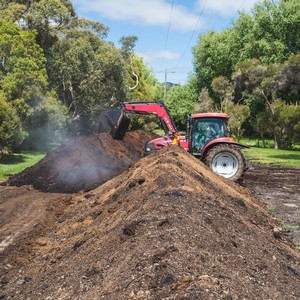 proverbial horse poo but that’s actually, in reality, only very small part of it. The winery produces about 60 tonnes of “marc” every year as a by-product of winemaking. Simply put marc is the sticky mixture of grape skins and seeds that’s left after pressing. One tonne of grapes can provide between 200-250kg of marc, so for a winery like Crittenden Estate – who process between 200-250 tonnes of fruit a year – it represents a pretty significant quantity of waste material. However this by- product is also rich in nitrogen, magnesium and other elements that are essential to organic farming, so a huge component of high quality fertiliser is already on-site. While most wineries will pay to have it taken away, the Crittenden family are reaping the rewards of working with this nutrient rich residue, so much so that they have started taking it from other local wineries as well.
proverbial horse poo but that’s actually, in reality, only very small part of it. The winery produces about 60 tonnes of “marc” every year as a by-product of winemaking. Simply put marc is the sticky mixture of grape skins and seeds that’s left after pressing. One tonne of grapes can provide between 200-250kg of marc, so for a winery like Crittenden Estate – who process between 200-250 tonnes of fruit a year – it represents a pretty significant quantity of waste material. However this by- product is also rich in nitrogen, magnesium and other elements that are essential to organic farming, so a huge component of high quality fertiliser is already on-site. While most wineries will pay to have it taken away, the Crittenden family are reaping the rewards of working with this nutrient rich residue, so much so that they have started taking it from other local wineries as well.
The marc is collected straight from the presses in the winery and tipped into a skip on site; once filled, the skip is then moved to another part of the property where it is mixed with locally sourced horse manure and straw or wood chips. This pile is turned once a month by a digger, aerating it to promote the ferment of good bacteria. Winemaker Rollo Crittenden knows that there’s no way they’d ever be able to buy in this amount of compost (the amount of marc they now receive is the result of some 1000 tonnes of processed grapes in total) but that it has now become a vital ingredient in the surge in soil and resultant vine health in the vineyard.
The steps involved have without doubt increased the work load on the estate. There is the capturing, turning and then finally spreading of the manure on the eleven acre vineyard block on the property but Rollo says it has become a race to the top rather than to the bottom. “We feel that this is an investment in the future. It does mean that the cost of our production goes up but so does the quality, and that’s where the investment is”. The steps towards soil health also involve growing more diverse plant life than just grapes in the vineyard. Cover crops such as peas, oats and broad beans are planted between the rows as they help fix nitrogen in the soil and increase its bio mass. For the hotter summer months this is then rolled flat to trap moisture in the soil, and as it dies off, it renourishes the growing environment in the ground below.
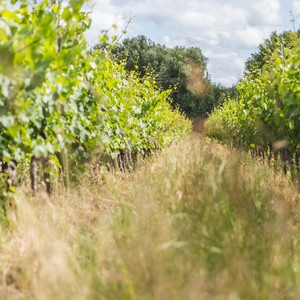 In an endeavor to map the leaps in quality of vineyard health, Crittenden Estate are now heavily involved in researching and quantifying the positive effects that the compost and cover crops introduce, and are an internationally recognised forerunner in this field. If the technical details are tough to digest, there is one simple takeout from all of this that’s easily understood, and that’s the enormous environmental benefit. In a time when everyone is thinking local, Crittenden Estate are not only protecting their immediate ecosystem by ditching chemical farming but they are giving back to the very earth that grows their grapes. What’s more these healthy soils require a fraction of the irrigation they once did. The accolades are steadily stacking up for the Estate’s wines and there can be no doubt that this is due in no small part to the radical shift back to these traditional farming techniques.
In an endeavor to map the leaps in quality of vineyard health, Crittenden Estate are now heavily involved in researching and quantifying the positive effects that the compost and cover crops introduce, and are an internationally recognised forerunner in this field. If the technical details are tough to digest, there is one simple takeout from all of this that’s easily understood, and that’s the enormous environmental benefit. In a time when everyone is thinking local, Crittenden Estate are not only protecting their immediate ecosystem by ditching chemical farming but they are giving back to the very earth that grows their grapes. What’s more these healthy soils require a fraction of the irrigation they once did. The accolades are steadily stacking up for the Estate’s wines and there can be no doubt that this is due in no small part to the radical shift back to these traditional farming techniques.
Sustainability beats at the heart of modern wine trends and the evidence shines in the quality of producers such as Crittenden Estate. They are a 5 red star Halliday rated winery and in 2017 received the trophy for best white wine in show at the Australian Alternative Varieties Wine Show. The proof is on paper but to see for yourself head down to the wine centre, which is open seven days a week for tastings from 10:30 – 4:30. Don’t be deterred from all the mentioning of manure, the compost and cellar door are at opposite ends of the property
… or so Rollo says.
This article is reproduced from Peninsula Essence Magazine, February Edition, 2019
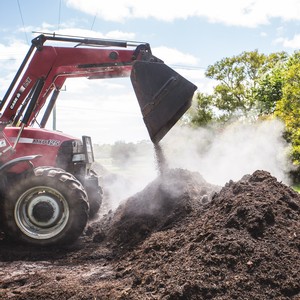
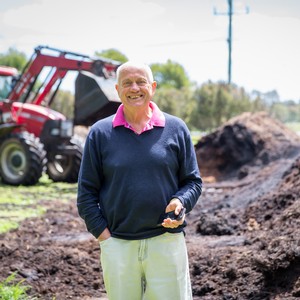
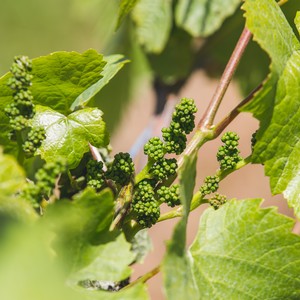
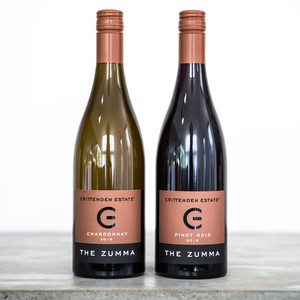
Jancis, a footnote to your column last Friday about the dilemma facing the Mornington Peninsula.
In September 1982 I planted five acres of vines on my property at Dromana: four of Cabernet, half an acre of Merlot and a quarter each of Pinot and Chardonnay. In so doing I doubled the aggregated plantings of all the vineyard area on the Peninsula at the time from five to 10 acres. (Today there are 2,500 acres.)
They were collectively made up predominantly of Cabernet with a little Chardonnay at Baillieu Myer's Elgee Park, Nat White's Main Ridge (which also had a little Pinot), George Kefford's (Nina Caplan's uncle, I seem to recall) Merricks Estate and Brian Stonier's Stoniers.
I chose to plant Cabernet in particular because of the Cabernets I had seen made by the short-lived but legendary Stephen Hickinbotham from Elgee Park fruit, but also when I did a homoclime study for my location from nearby long-recorded climatic data it clearly said 'Bordeaux', reinforced by the maritime climate as distinct from a Burgundian continental one.
All went along swimmingly, with James Halliday even choosing my second harvest 2005 Cabernet (with no Merlot blended in) to represent Australia in the Qantas Cup, a three-way competition between California, Australia and South Africa, where it performed admirably.
It's worth noting that I had chosen my site at 150 feet elevation based on a long assessment of Peninsula soils, elevations and aspects.
As the years passed and Peninsula plantings increased somewhat randomly, they gravitated towards the higher, cooler elevations where deep red volcanic soils predominate. But still people planted Cabernet, with Pinot just beginning to make some headway. The Cabernets from these locations were routinely picked, of necessity, under-ripe with aggressive tomato leaf and green capsicum characters brought about by the compound methoxypyrazine. This was due to being considerably cooler than the lowlands but also because of the shading of fruit in the canopy caused by uncontrolled vegetal growth.
Not surprisingly the wines were dismissed by the market and even a luminary such as James Halliday said the Peninsula is, quote: 'unsuited to Cabernet'. WHAT??
Our Cabernet sales gradually declined as a result of this mantra but we persevered until our last vintage in 2009, aptly labelled Les Adieux. Back label below.
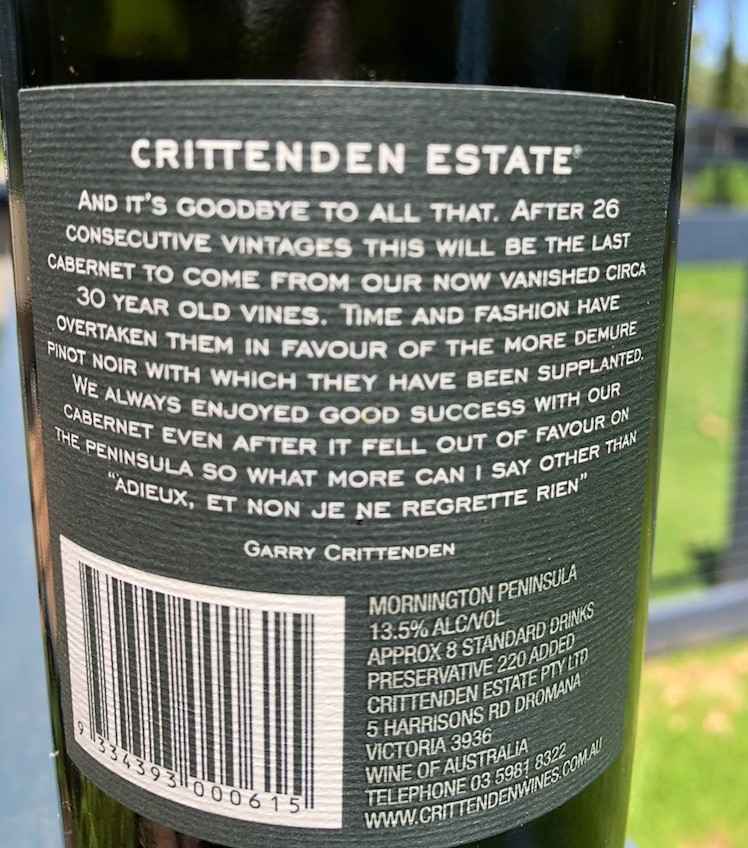
We are now predominantly planted with Pinot and Chardonnay along with with the rogue Albarino/Savagnin and have just grafted the last of our Arneis to Chardonnay as well – but that's another story (told here). And don't get me wrong, happy to be so, but unsure what the long-term effects of global warming hold.
I still delight in pulling out the occasional masked Cabernet from the 1990s for visiting wine trade and commentators only to be told. 'it's very kind of you to pour an old Bordeaux for us but were really here to see what you make from your own vineyard.'
Say no more.
Last week I pulled from my cellar a 2001 Shiraz I made from fruit from a nearby vineyard. Bloody delicious even if I do say so myself.
A couple of other non-related comments.
This was Garry's response to Jancis Robinson MW article, Mornington - the two trick pony
“Beautiful spot for wine tasting - and lovely wines. We had an excellent time with Ben who taught us a lot about their wines and made the experience fun. Great value getting the premium wine tasting selection.”
ANISHA, May 2022
Open Daily 10:30am to 4:30pm